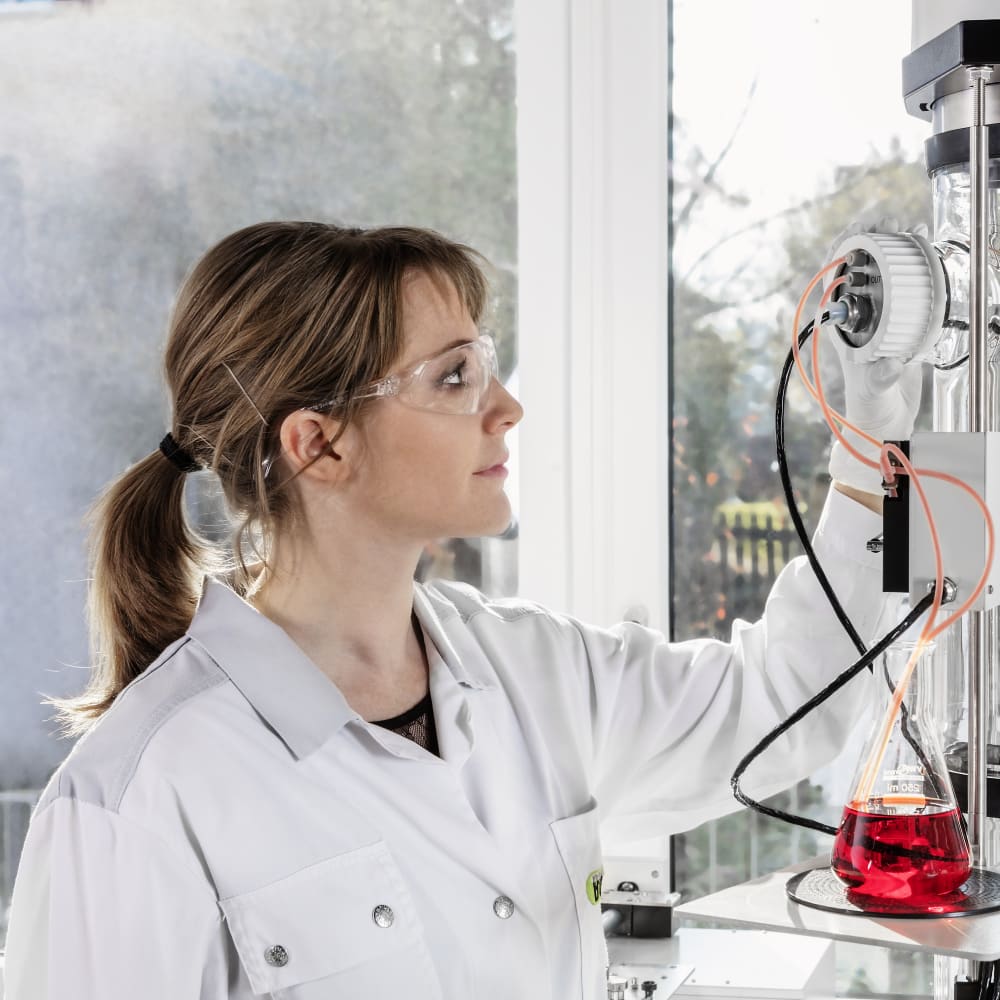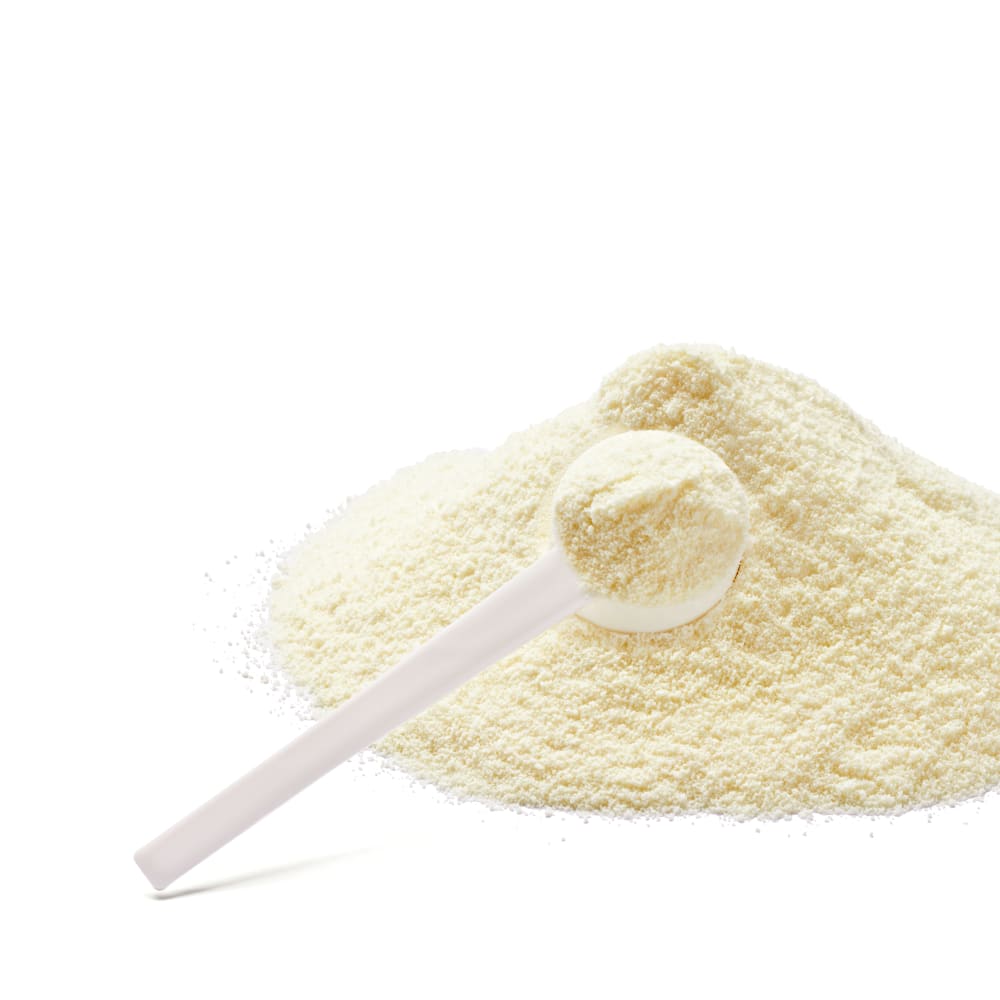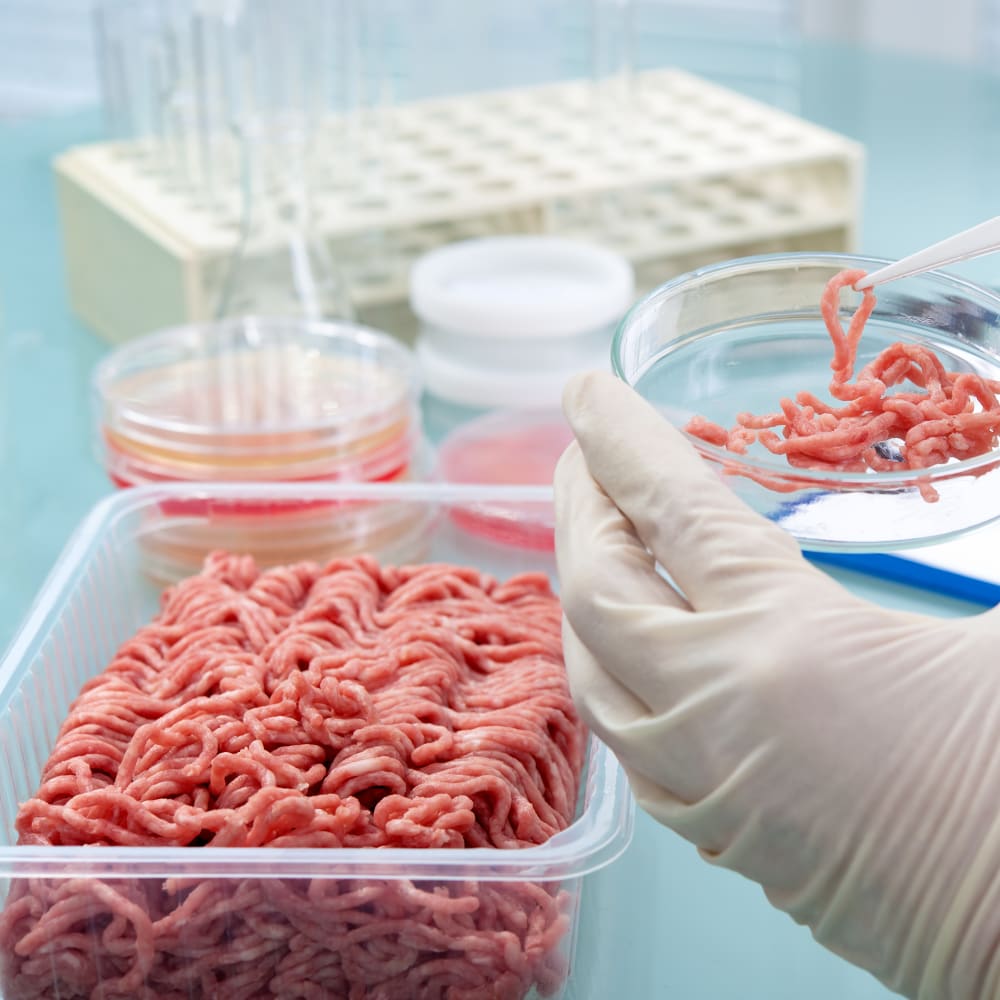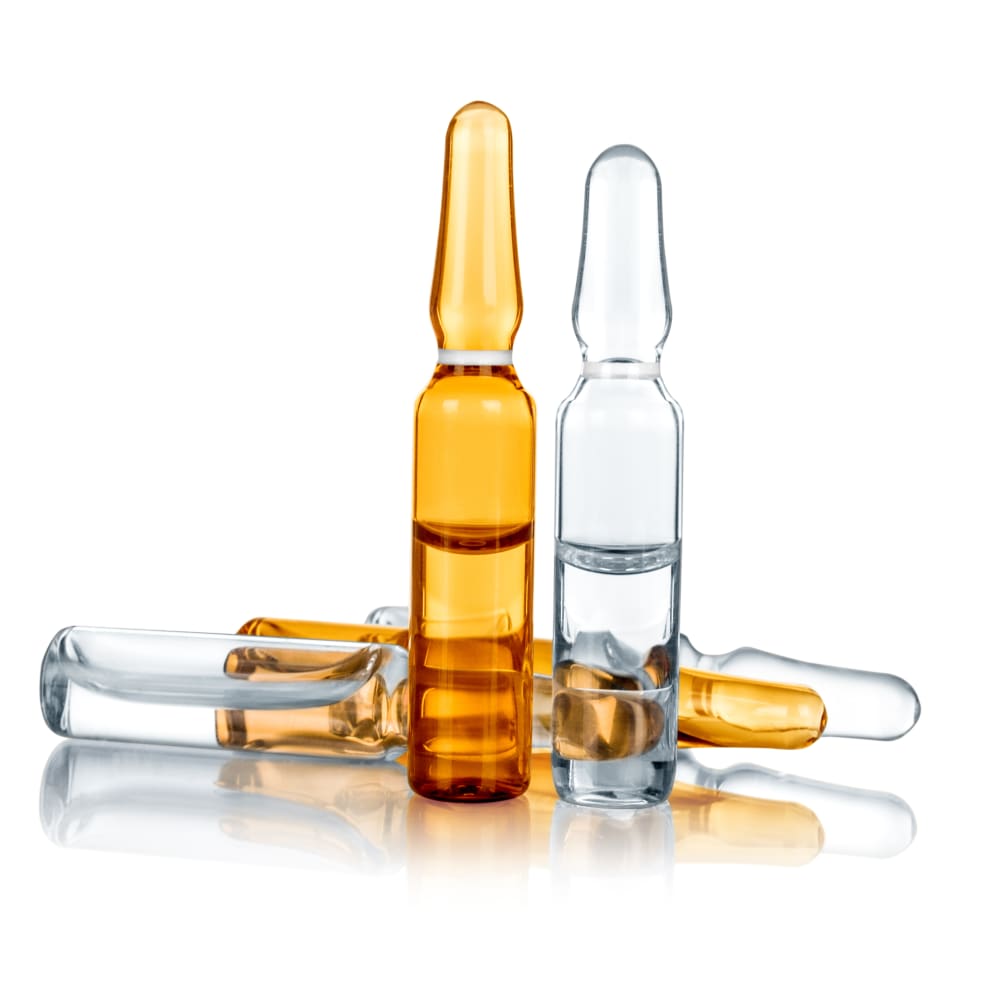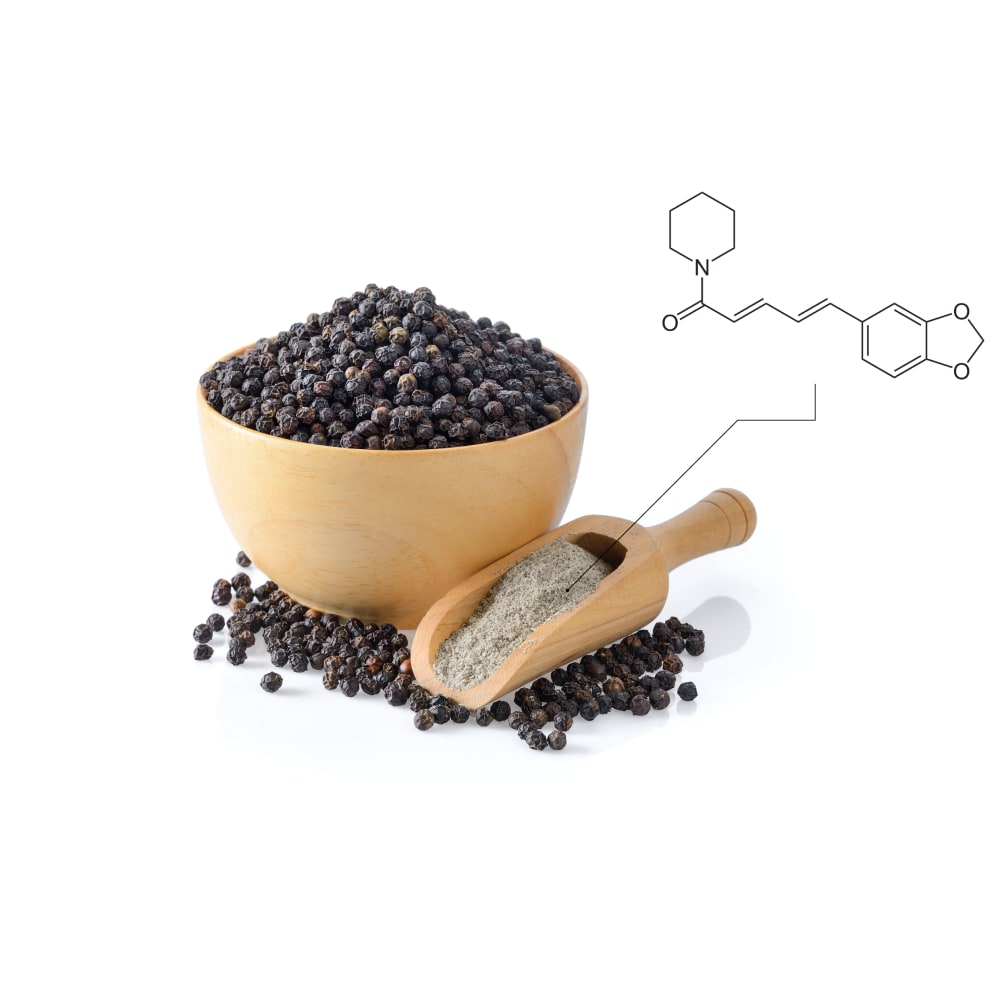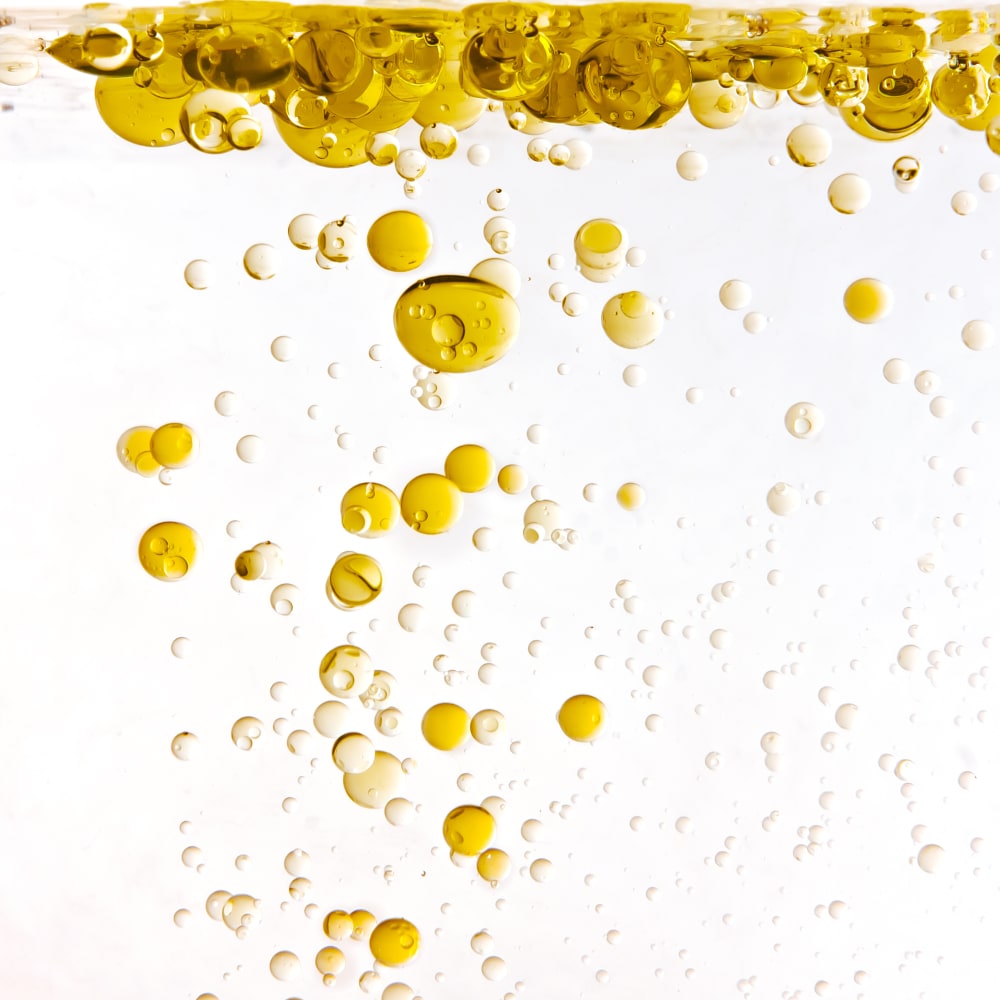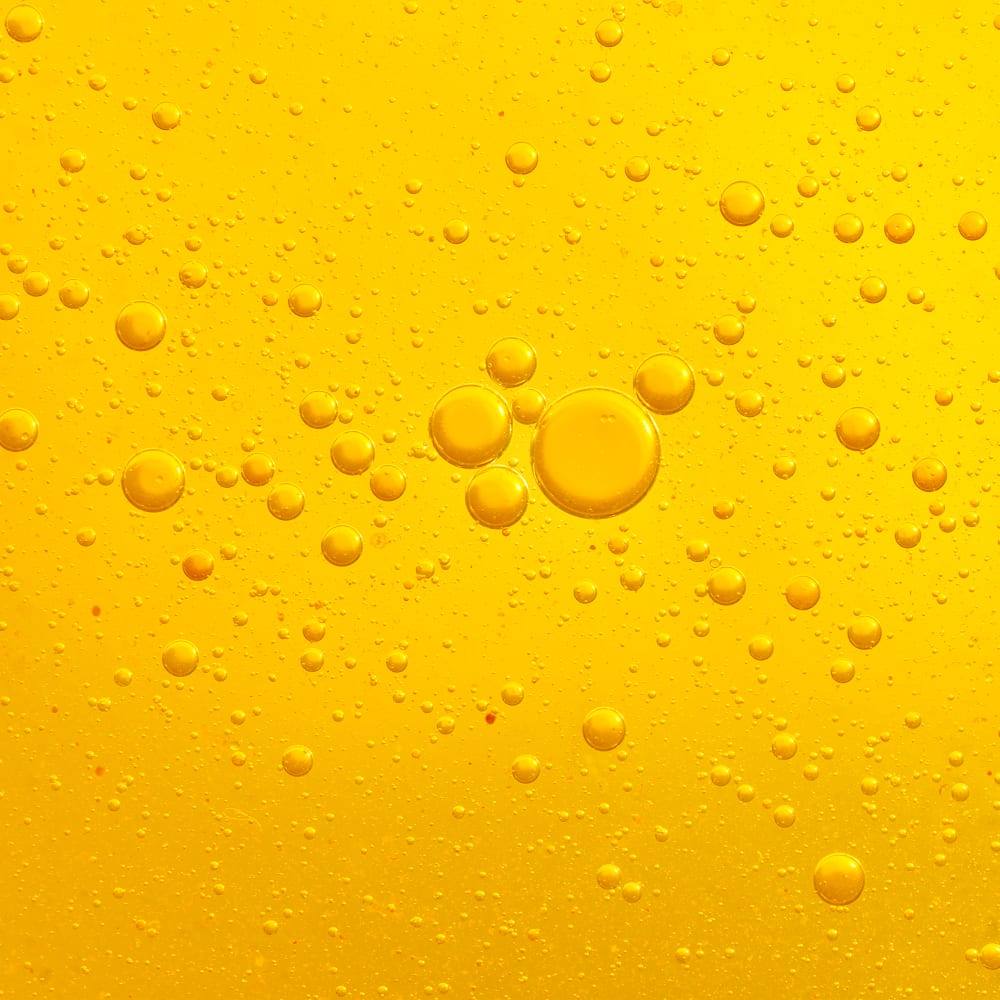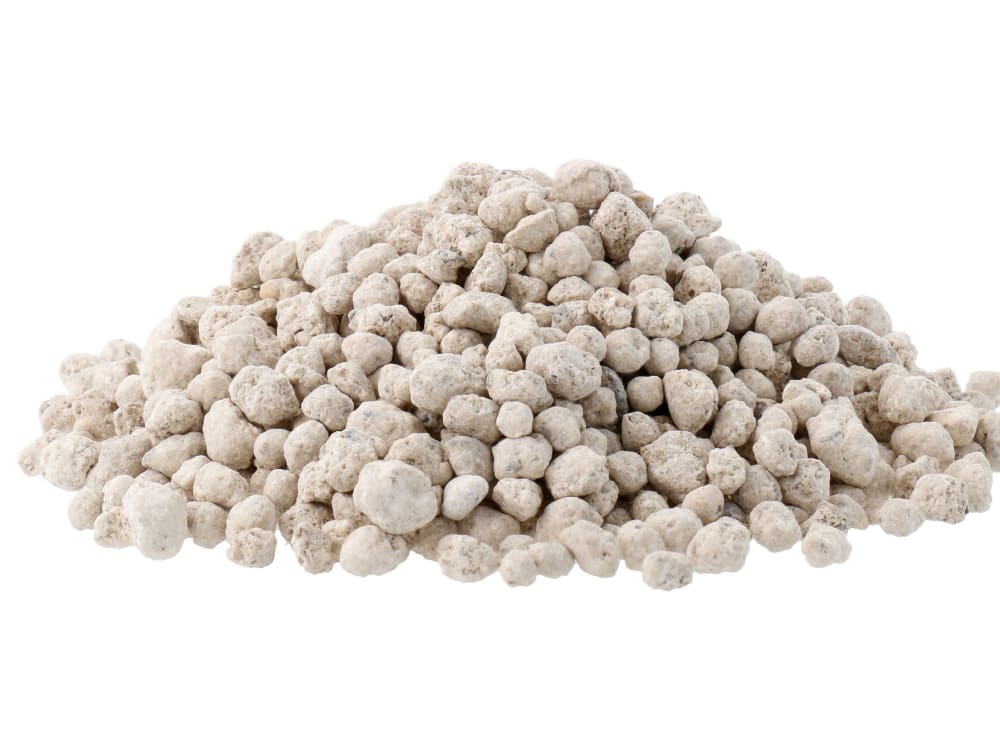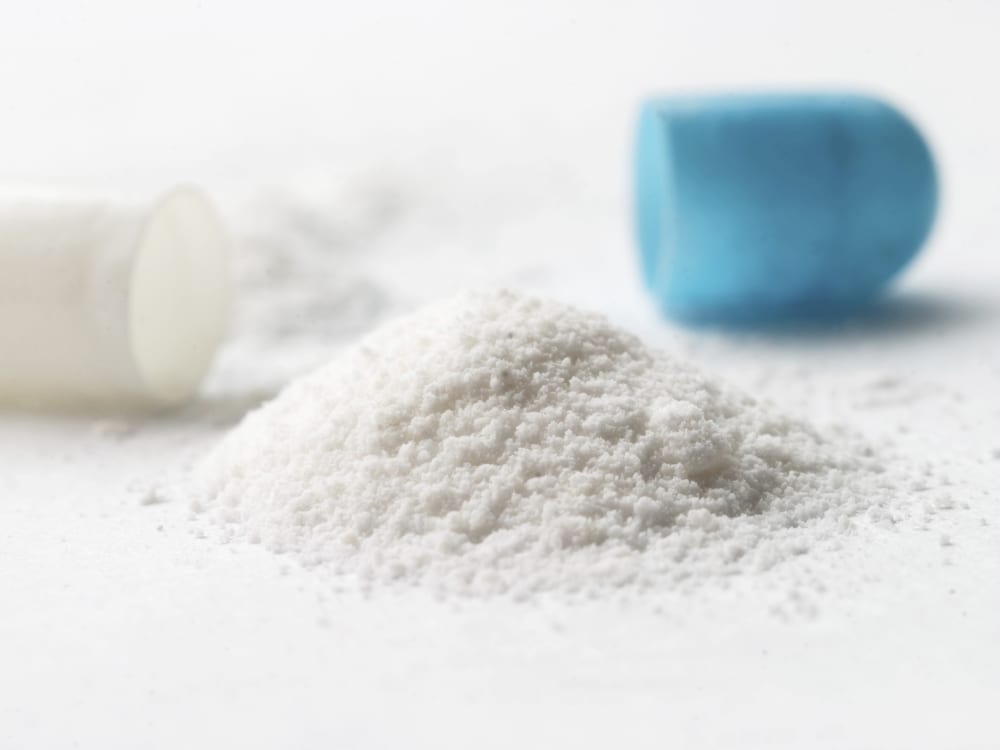Lyophilisation of fresh banana slices
Freeze drying is a gentle form of drying and may be used to preserve foods without changing their appearance or taste. The freeze drying process includes the freezing of the food sample and subsequent applying a fine vacuum to the frozen sample. Under these conditions, the water in the food will sublimate, hence, the sample dries. In food applications, freeze drying is commonly used to make instant coffee and to dry and conserve fruits, vegetables or herbs.
Lyophilisation of mannitol and NaCl solutions in serum vials
In this Application Note sodium chloride (NaCl) and mannitol are used for freeze drying experiments. The unambiguous crystal structure of NaCl renders this salt a model compound. In contrast, mannitol is well known to crystallize in different polymorphs and it may form hydrates. Nevertheless, mannitol is the most used bulking agent for freeze dried pharmaceutical formulations. The benefits of using mannitol are that it crystallizes during freezing, creates a beautiful cake and permits drying processes at higher product temperatures, thus with higher sublimation rates compared to purely amorphous systems.
Lyophilisation of truffles
Truffles are products with limited shelf life and their sensory properties are rapidly lost. Hence, the expensive fungi become less valuable within a few days. Losses of volatile compounds, oxidation and enzymatic reactions are a considerable problem during their storage. Furthermore, the aroma profile is commonly modified as a result of elevated temperature processes or enzymatic reactions. Freeze drying the fungi avoids loss and degradation of volatile compounds due to the low temperatures applied during drying. The aromatic profile of truffles are maintained. Freeze dried truffles can either be rehydrated or directly used in dry form.
Lyophilization of Giloy stem
In traditional Indian medicine, Giloy is one of the most useful ayurvedic herb. Freeze drying is evaluated as a drying method in order to preserve Giloy properties. Freeze drying is known to be one of the most appropriate method for the preservation of natural and biological materials thanks to the oxygen free environment and the low operating temperatures.
Nitrogen and Protein Determination in Animal Feed according to the Kjeldahl method
The determination of protein in feed is a routine procedure for quality assurance and labelling. A simple and fast method for protein determination in feed products according to the ISO 5983-2:2009 and AOAC 954.01 regulations is introduced below. The sample is digested with sulfuric acid and Kjeldahl Tablets Titanium using the digest Automat K-438, followed by distillation and titration with the KjelMaster K-375 with KjelSampler K-376.
Nitrogen Determination in Pharmaceutical Active Peptides
Nitrogen and total protein determination in pharmaceutical products are described in the European Pharmacopoeia (Ph.Eur.) section 2.5.9 and 2.5.33 method 7 [1, 2]. In the Pharmacopoeia of the United States (USP), nitrogen determination is described in section 461 [3]. Therein, different titration techniques are specified. The Ph.Eur. describes back titration in the presence of the indicator methyl red mixed solution and the USP potentiometric boric acid titration.

